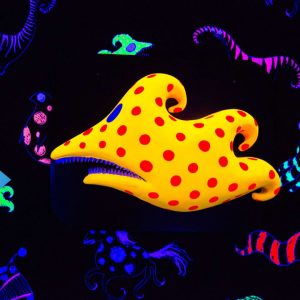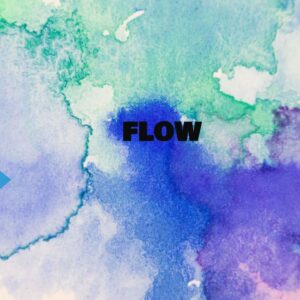3D Animation

3D animation deals with electronically produced computer-generated 3D imagery used in motion graphics and digital special effects. In this case, the animator creates a design style or concept that tries to visually interpret and convey the required information using both new and traditional animation techniques.
The 3D animator will have to be well-acquainted with 3D animation applications and software, film and video production techniques, production processes, digital special effects, art and design movements and methodology, typography, styles of performance and dramatization, film and broadcast genres, technical scripting, health and safety regulations for the film and broadcast industry, and an understanding of budgeting and scheduling processes.
The job of the 3D animator is to design and realize original concepts, character and content creation. The animator, therefore, is responsible for devising and communicating creative ideas and accurate technical information. They have to provide the client with detailed estimates of costs, and work within the budget and schedule.
Each assignment will have different demands. So it is imperative that the animator should have a good knowledge and experience of animation software and broadcast processes, as well as a broad knowledge of technical scripting and digital technology used in broadcasting. The designer must be able to respond with innovative concepts and practical solutions for each assignment. The assignments may be of any kind, from designing a spinning top to re-creating mythical weapons.
To succeed in 3D animation, one must have a thorough understanding of computer-generated processes and applications to be able to achieve creative responses to design briefs within the restrictions of budget and deadline. He/she will be required to possess a passion for design, good communication skills and a good understanding of broadcast, special effects and character animation. Last but not least, he or she must enjoy working as a team member under pressure.
In addition to being able to demonstrate high standards of computer-generated imagery and animation techniques you will need to have a good knowledge of art and design movements and imagery, creative problem solving and innovation, and the understanding of how to deliver design concepts and processes.




